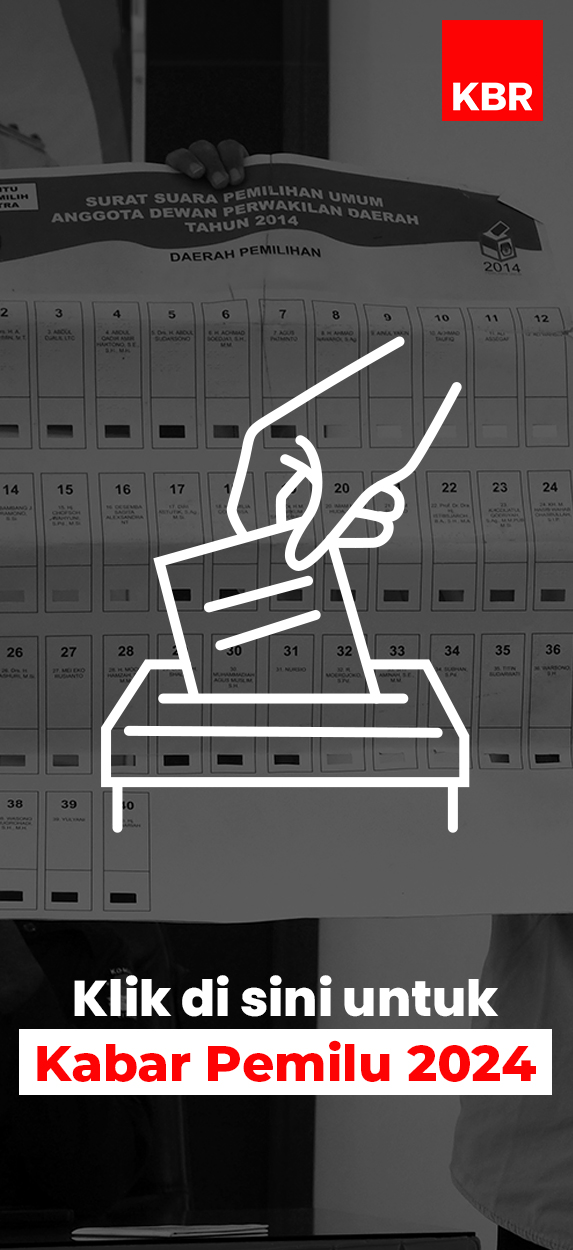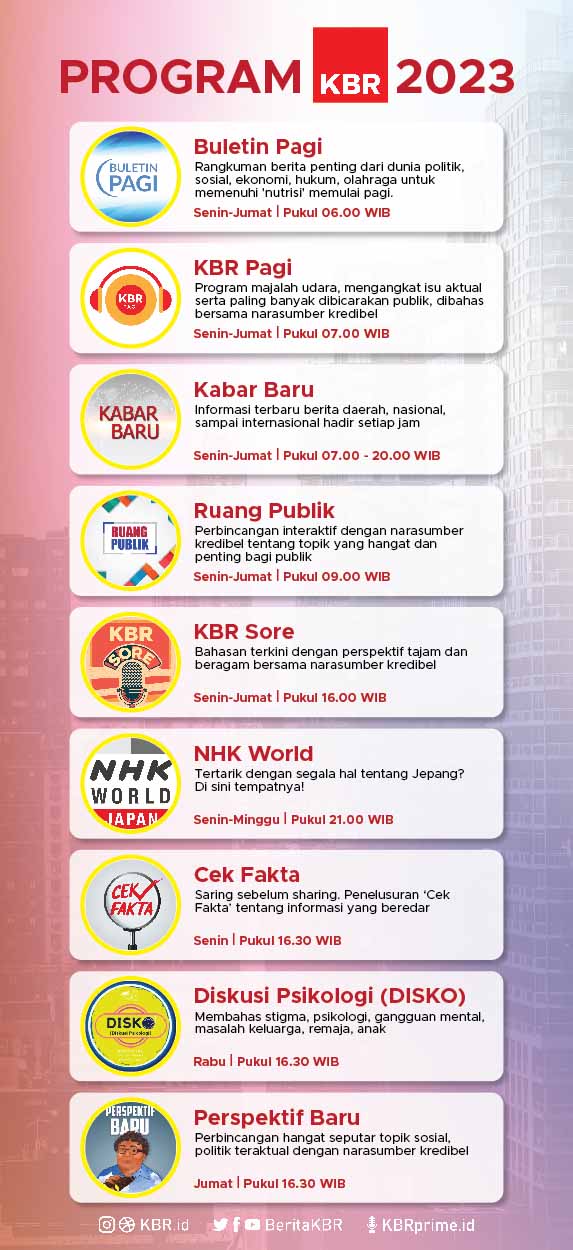A small herd of water buffalo beats the afternoon heat in the cool waters of the Se San River.
Nearby Srekor village is a tranquil place of 400 families that has stood on the southern bank of the Se San River for as long as anyone here can remember.
It won't be here much longer: in the next year or so, the residents will have to leave.
The reason? A vast hydropower dam with an 8-kilometre-long wall will be built downstream.
And once the waters rise, Srekor village with its stilted, wooden houses, well-established garden compounds and mature fruit trees will be swallowed up.
Pa Tou, a 37-year-old father of three, has lived in Srekor village all his life.
Like most residents Pa Tou is from the ethnic Lao minority, he farms rice on a small plot of land and he knows a lot about the river and fishing.
Pa Tou says all of the villagers fear for the future and none wants to leave.
The 400-megawatt Lower Se San 2 Dam, which will cost around 800 million dollars and take five years to build, is a joint project involving companies from Cambodia, China and Vietnam.
An estimated 10,000 people will be moved for it.
And there are more dams to come on the Cambodian three rivers... which empty into the Mekong. They constitute a vital regional breeding ground for fish.
Conservationists warn such mega-projects represent a huge risk, says Dr Eric Baran.
“We found that the fish yield loss due to this dam would represent 9.3% of the total fish yield of the Mekong Basin. So it's 9.3% of 2.1 million tons - which is a gigantic amount. In other words, this expected loss represents around 200,000 tons per year, which is much more than the whole marine sector of Australia.”
The Lower Mekong Basin is shared by 65 million people in four countries.
Given that many of those people are poor and rely overwhelmingly on freshwater fish, there are well-founded fears that hydropower dams will cause many to go hungry.
In Cambodia, its 15-million-strong population eats more freshwater fish per capita than any other in the world.
“People have become very reliant on this source of animal protein. It represents 81 percent of the animal protein consumption in the country,” says Baran.
Cambodia imports much of its electricity from Vietnam and Thailand, yet there is seldom enough.
Opponents of large power projects say the focus should be small and local - generate electricity where it is needed.
But earlier this year Prime Minister Hun Sen made it clear that the preference is for large schemes - such as hydropower dams and coal-fired plants.
Back in Srekor village, Pa Tou's concerns extend beyond how he will provide for his family.
He worries too about the village graveyard that lies a mile downstream.
Villagers come here regularly to pray and leave offerings for the deceased.
Pa Tou says the villagers of Srekor have asked the authorities for permission to take the remains of their dead with them, but worry they won't be allowed to.
This is important to them, he explains, because when he and the other villagers eventually die, they want to be reunited with their ancestors.
Mounting Concern in Cambodia Over Hydropower Project
Cambodia has begun preparations for a controversial hydropower project in the remote northeast: the Lower Se San 2 Dam.

INDONESIA
Senin, 03 Jun 2013 18:48 WIB


Cambodia dam project, hydropower project in Cambodia, Lower Se San 2 Dam
Kirim pesan ke kami
WhatsappRecent KBR Prime Podcast
Kabar Baru Jam 7
Strategi Perempuan Pengemudi Ojol Mengatasi Cuaca Ekstrem (Bag.4)
Arab Saudi Bangun Taman Hiburan Bertema Minyak di Tengah Laut
Menguji Gagasan Pangan Cawapres
Mahfud MD akan Mundur dari Menkopolhukam, Jokowi: Saya Sangat Hargai




